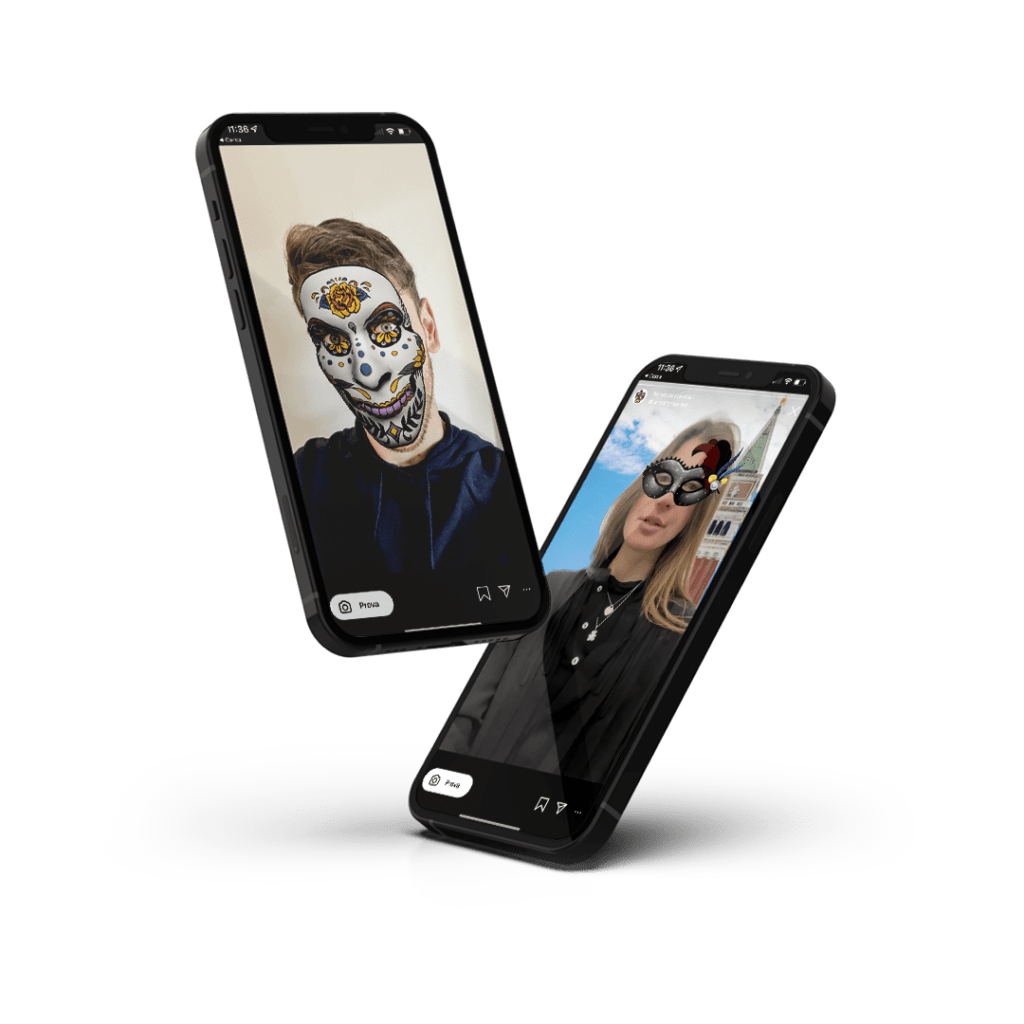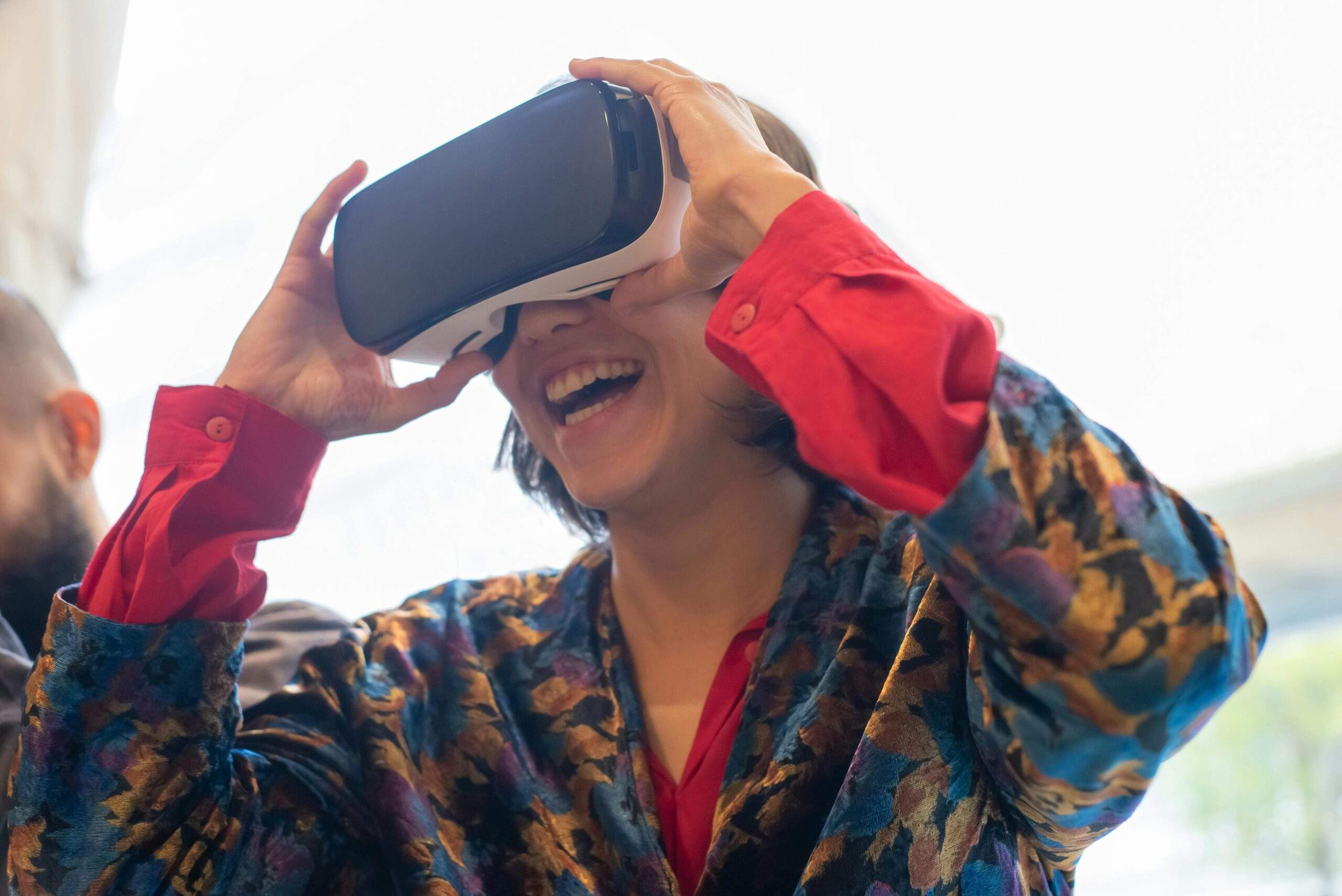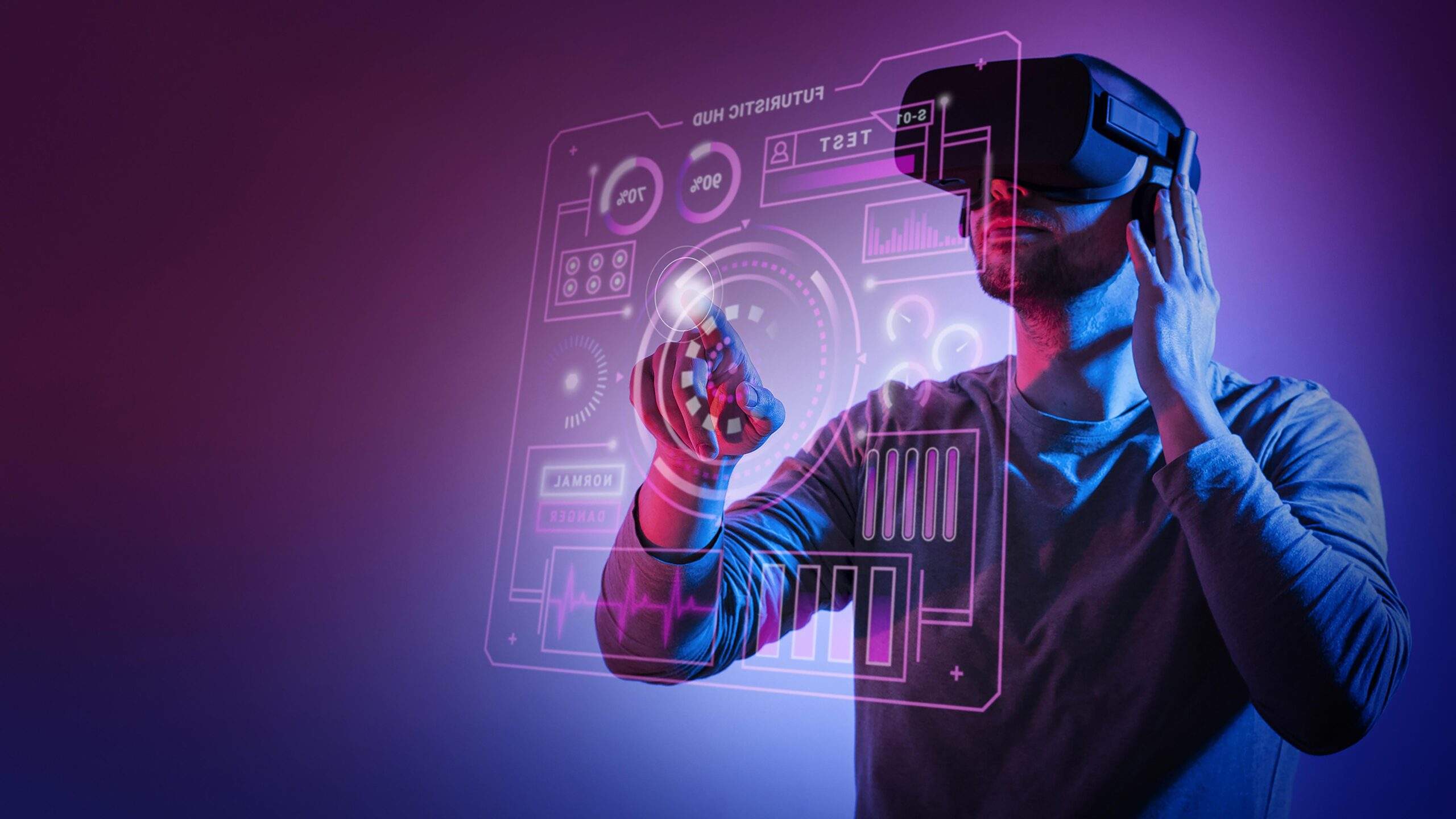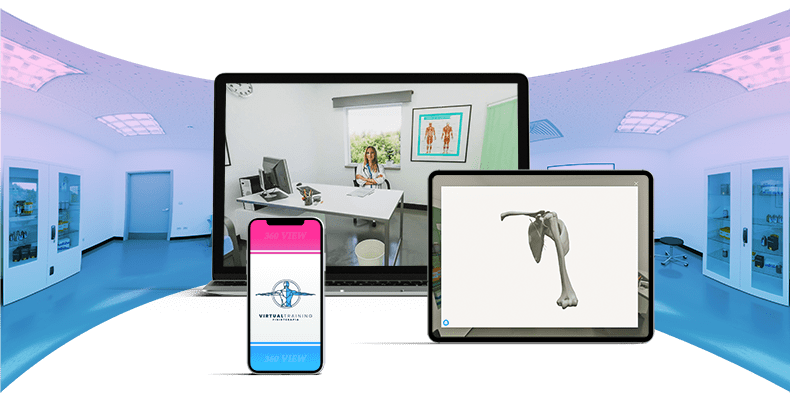Companies now have a wide range of tools to create unique and engaging marketing experiences.
In this article we will explore two fundamental concepts for creating immersive and compelling experiences: augmented reality (AR) and virtual reality (VR).
Augmented Reality is all about inserting digital elements into the real world, creating a kind of overlap between the physical and virtual worlds. In contrast, Virtual Reality involves the complete immersion of the user in a simulated world, through the use of devices such as VR visors or headsets.
Both of these technologies offer unique opportunities for marketing strategies, enabling the creation of engaging and memorable experiences for customers.
In the article, we will explore the benefits of using AR and VR in marketing and provide some successful examples of these technologies in the marketing industry. In addition, we will also discuss the possible developments these technologies could have on the marketing strategies of the future.
ADVANTAGES OF AR AND VR IN MARKETING STRATEGIES
The use of Augmented and Virtual Reality in marketing offers several advantages over traditional marketing techniques.
Firstly, these technologies make it possible to:
- create immersive experiences that directly engage the customer, increasing the engagement and memorability of the experience.
- provide customers with a more direct and effective way to experience the products or services you wish to promote, increasing interest and the likelihood of purchase.
- personalise the user shopping experience in a more advanced way than traditional marketing techniques, allowing you to create tailored experiences based on individual user preferences and behaviour.
- Increase the effectiveness of marketing campaigns by collecting data on user behaviour, providing valuable information on consumer preferences and trends.
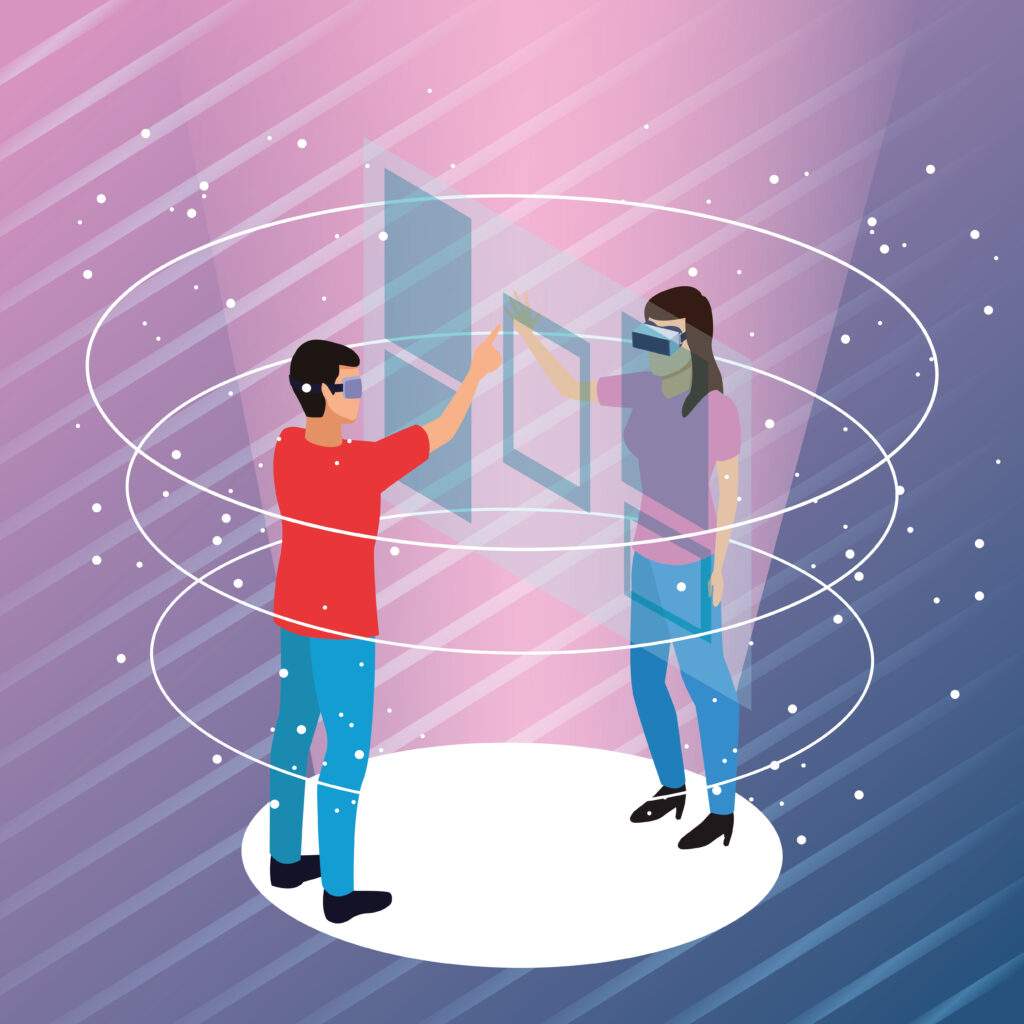
Applying AR and VR technologies in one’s marketing strategies leads to generating a type of experience that affects brand awareness and brand recognition.
In a highly competitive market, by creating unique and engaging brand experiences, companies can stand out from the competition and attract the attention of consumers. Moreover, the emotional aspect that characterises the moment of purchase can help create a deeper bond between the customer and the brand, increasing customer loyalty over time.
Thus, the use of Augmented and Virtual Reality in marketing is a winning strategy to reach your audience and achieve positive business results.
EXAMPLES OF APPLICATION OF AUGMENTED AND VIRTUAL REALITY IN MARKETING
Here are some examples of the application of these two technologies in various activities of one’s marketing strategy.
- AR FILTERS
Already becoming the new trend in 2020, Instagram’s AR filters are now an established strategy thanks to numerous investments by major fashion and retail companies. By implementing Augmented Reality filters, new opportunities for interaction and sales can be created in an innovative, interactive and fun way.
- AR TO INNOVATE AND ENHANCE CORPORATE AND BRAND MATERIALS
Augmented Reality can be applied to informative and commercial materials, for the B2B sector, such as business cards, digital catalogues, gadgets, brochures, flyers, 3D products. In addition, it can be applied to packaging to allow the user to receive more information about the product and especially to interact directly with it.
- VR SOLUTIONS FOR DIFFERENT BUSINESS SECTORS
Virtual Reality is applied in several fields including workplace safety, customer care, soft and hard skills training, remote assistance, school education, gaming and suitable for events, conferences, museums and schools. Using special devices, it can be a portal for a new way of communicating, educating and transmitting culture.
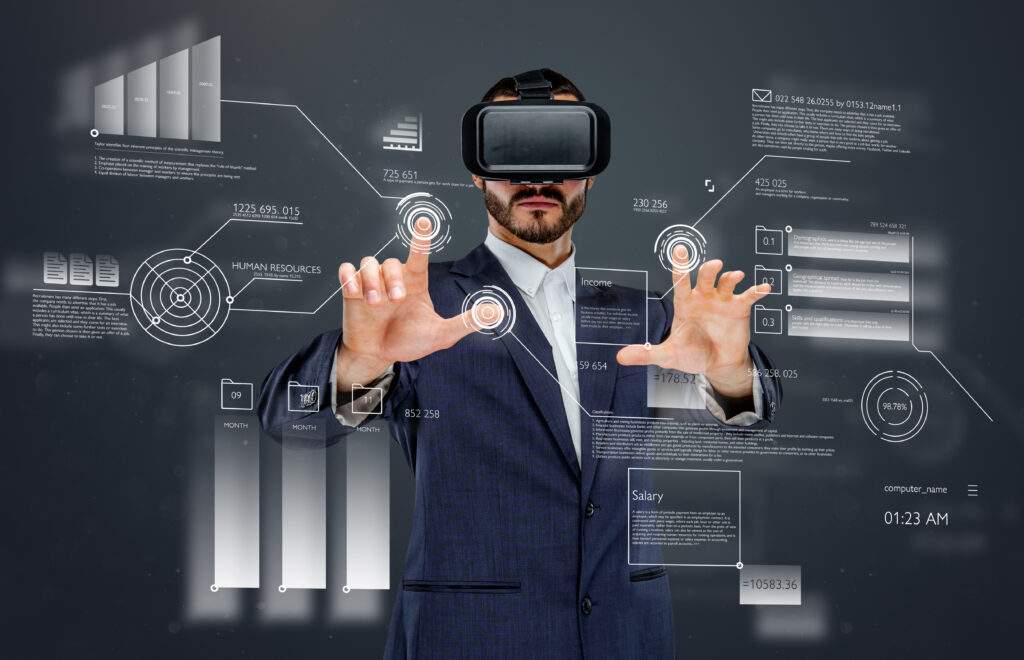
CONCLUSIONS
Augmented and Virtual Reality technologies represent driving forces for innovations in sales and marketing in the coming years, the beginning of a technological revolution that will radically change the way companies interact with their customers.
However, the adoption of these technologies also brings with it certain challenges, including the need for significant investment in infrastructure and technology, as well as developing specialised skills to use these technologies while ensuring the protection of user data.
In any case, the use of augmented and virtual reality represents a significant opportunity for companies to increase sales and create a large WOM. Above all, it is a way to distinguish themselves from the competition and offer their customers increasingly immersive and personalised brand experiences.
To find out how you can apply Augmented and Virtual Reality technologies in your marketing strategies, visit our website and book a free consultation!
